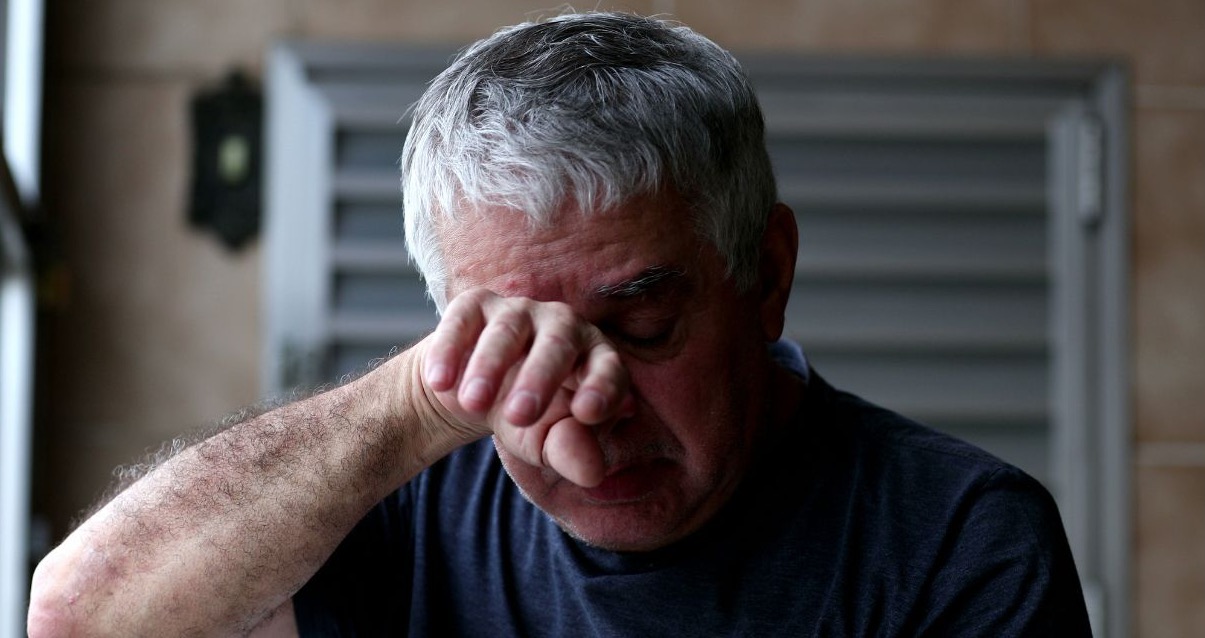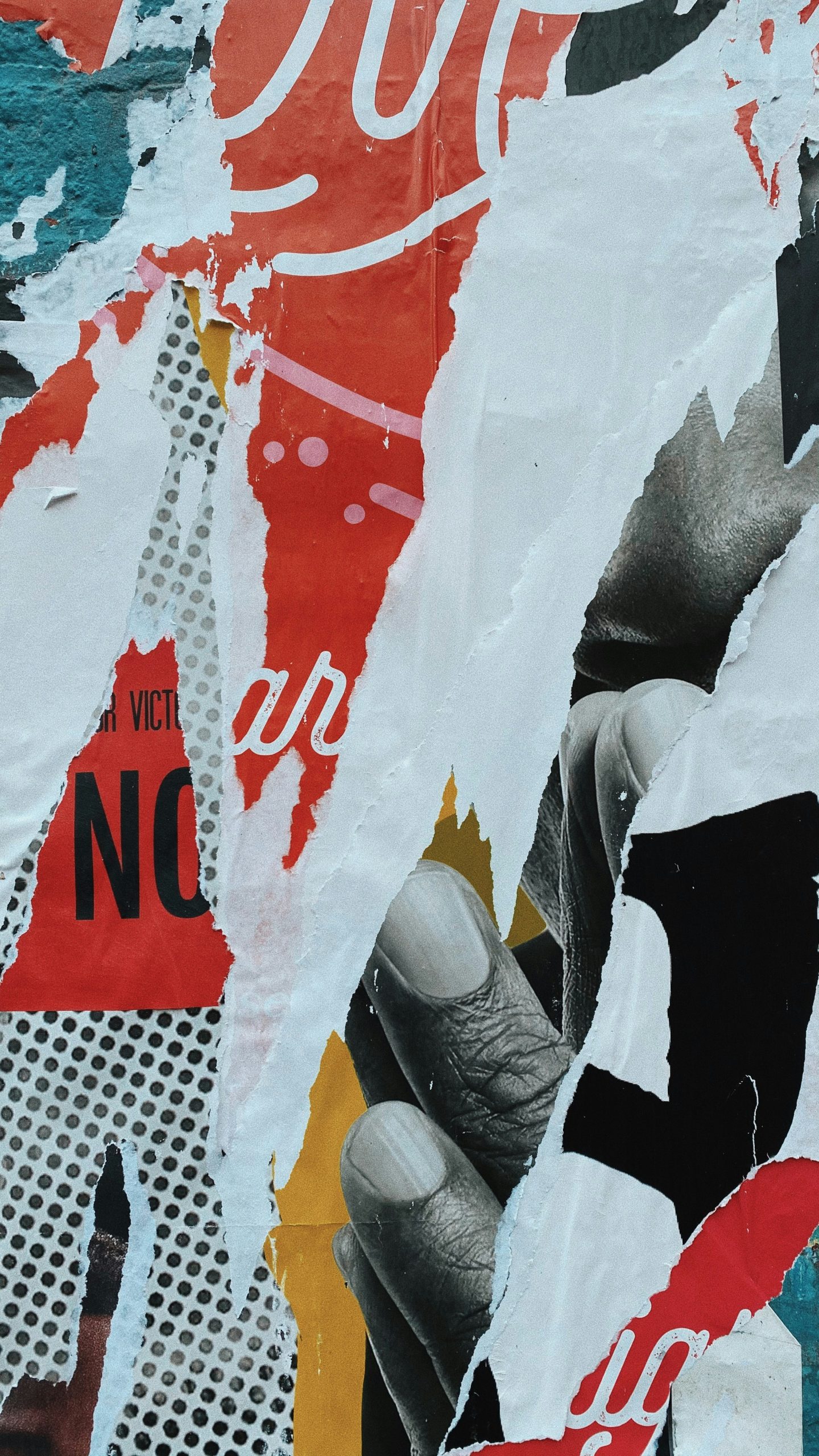Grief after caregiving for someone with dementia isn’t simple. It doesn’t wait until the obituary is written or the sympathy cards are mailed. It sneaks in early—maybe the day your loved one forgets your name. Or when they become someone you no longer recognize. If you’d like to learn more, check out my post about ambiguous grief.
This is grief, but not the kind we’re taught to expect.
And here’s the kicker: it often comes bundled with guilt.
Let’s talk about that.
Naming the Guilt Caregivers Carry
There’s a special kind of guilt that lingers after dementia caregiving. It can sound like:
- “Did I do enough?”
- “Should I have waited longer to move them into care?”
- “Why do I feel relief now that it’s over?”
This guilt is sneaky. It whispers when you finally rest. It shows up when you laugh again, love again, or breathe again—and makes you question if that’s allowed.
Spoiler: It is.
But to loosen its grip, we have to name it. Shame thrives in silence. Speaking this guilt out loud? That’s how we shrink it and then it go. Guilt serves no one.

Why Creative Mourning Helps Dementia Caregivers
Traditional grief rituals don’t work for everyone. In dementia grief, there’s no clear end point when you’ve lost someone bit by bit over time.
That’s where creative expression comes in.
Art gives form to the formless. It helps us externalize the emotions we can’t always name.
🧠 Brainy Bonus: Research shows that creative practices can lower cortisol (the stress hormone), activate the parasympathetic nervous system (calming mode), and support emotional processing.
In short: Making things helps us feel things. And feeling things is how we heal.

3 Creative Grief Practices to Try (Even If You’re Not Artsy)
You don’t need to be a painter or poet. Just start where you are.
🎨 1. Collage Your Grief
Grab some old magazines, scraps, or photos. Rip, tear, and glue the chaos. Don’t think too hard about it, just go with the images that speak to you, even if you don’t know why. This isn’t about making something pretty—it’s about release. When it feels finished, look at the image without judgment and see what it has to tell you. Maybe write a response to the piece.
🧭 2. Memory Mapping
Draw key moments from your loved one’s life—or your own journey before, during, and after caregiving. See how far you’ve come. And maybe explore where you want to go.
✍️ 3. Letter Writing
Write to the person you were caring for. Or to yourself. Or both. Say the unsaid. Feel the feelings. Let the page hold what you’ve been carrying.
Letting Go Doesn’t Mean Letting Go of Them
Here’s the truth: Letting go doesn’t mean forgetting.
It means loosening the grip on guilt. Making space to live again.
Creative rituals let memory and motion exist together. A painting, a playlist, a hand-sewn quilt—these are living grief. You’re not erasing them. You’re carrying them differently.
What If Letting Go Was an Act of Love?
Not because you stopped caring.
But because reclaiming your life is part of honoring theirs.
So try one small thing:
- Make something messy
- Cry while collaging
- Write the ugly letter
- Rest without apology
You’re not doing it wrong.
You’re doing it bravely.
And that matters.
Recent Comments